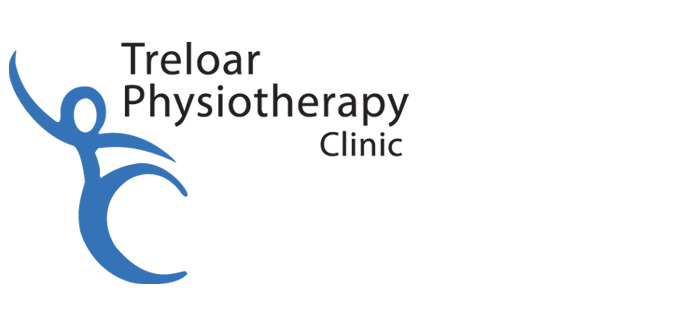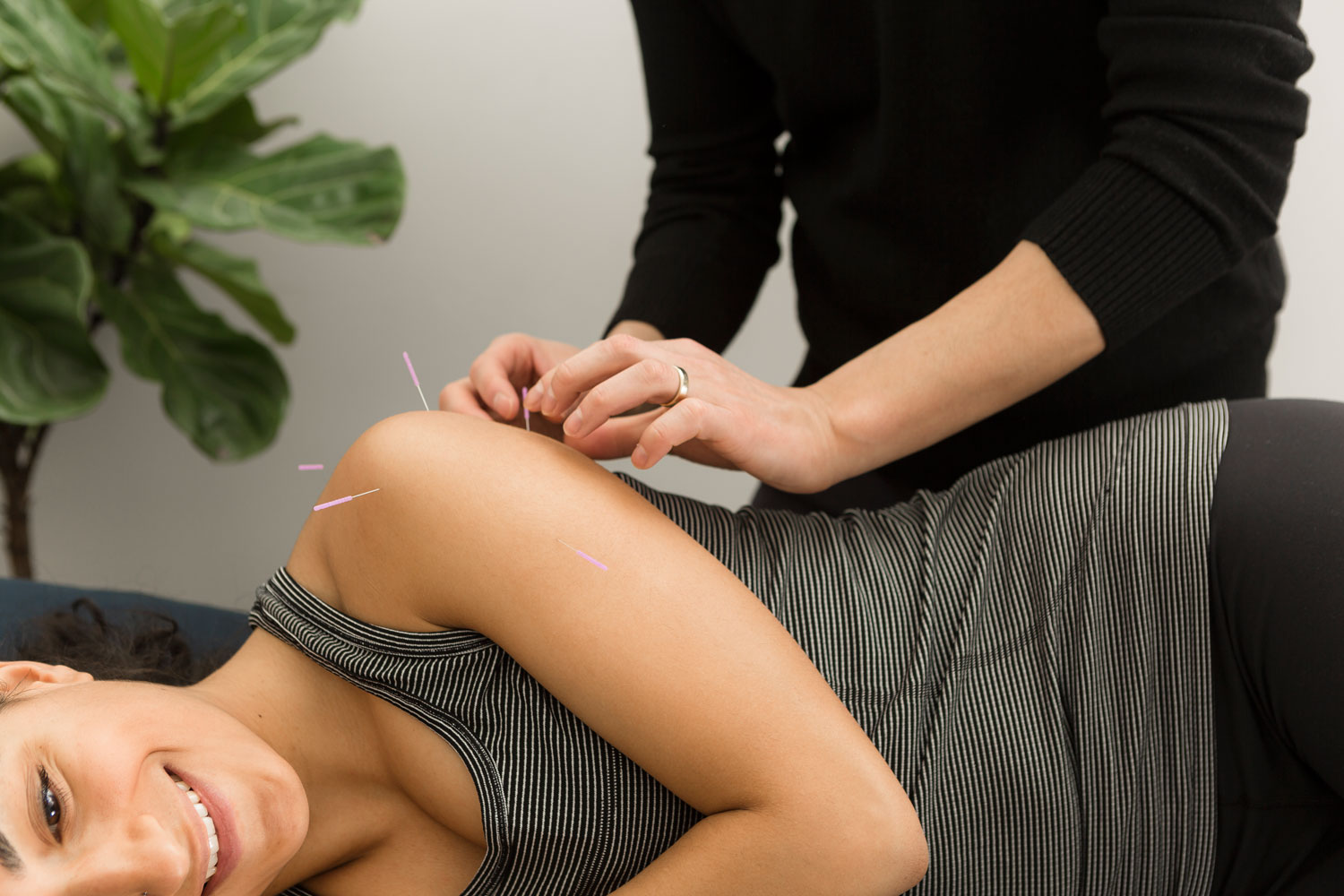What is Dry Needling?
Written by Curtis Wong – Partner, Physiotherapist, Acupuncturist
Many Physiotherapists are trained to incorporate dry needling techniques into their clients’ treatment plans.
Dry needling uses fine, single-use, sterilized needles to help relieve pain, improve mobility, relieve tight muscles and stimulate circulation.
The following are the different types of dry needling techniques offered at Treloar Physiotherapy.
Acupuncture
Acupuncture is the insertion of needles at specific points along the body’s energy channels.
Best Used For: Acute & chronic pain, inflammation and swelling.
Possible Result: Balanced energy of the body, enhanced natural healing ability, improved mood, and energy.
Intramuscular Stimulation (IMS)
IMS is the insertion of needles into specific muscles to facilitate release.
Best Used For: Chronic muscular pain.
Possible Result: The muscle release alleviates pressure on tendons, joints, and nerves, contributing to pain relief.
Gokavi Transverse Technique (GTT)
GTT is the insertion of needles into muscles in a transverse direction to release trigger points and spasm. The needles may be electrically stimulated prior to the treatment to help to relax the surrounding area.
Best Used For: Chronic muscular pain.
Possible Result: The muscle release relieves pressure on the nerves, improves mobility and reduces pain.
Traditional Chinese Acupuncture (at our Kerrisdale location)
Traditional Chinese Acupuncture is the process of inserting needles into points along the body to stimulate the flow of energy and blood. It can help remove blockages so that the Qi (energy) can be dispersed and regulated
Best used For: Acute & chronic pain, stress, anxiety and decreasing symptoms of various disorders.
Possible Result: Decreased pain, improved sleep, and digestive function as well as a general sense of well being.



